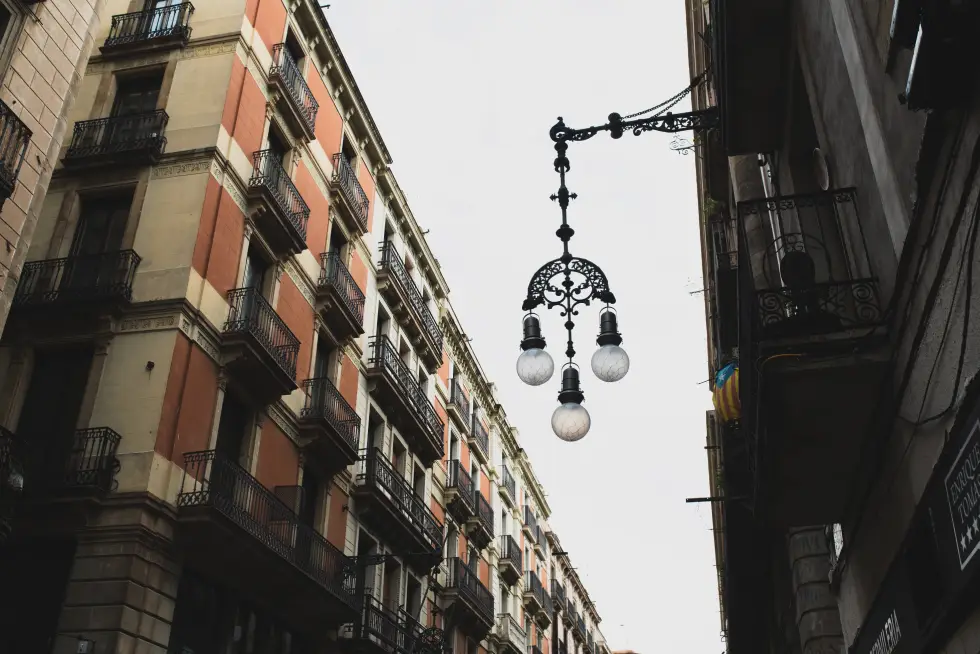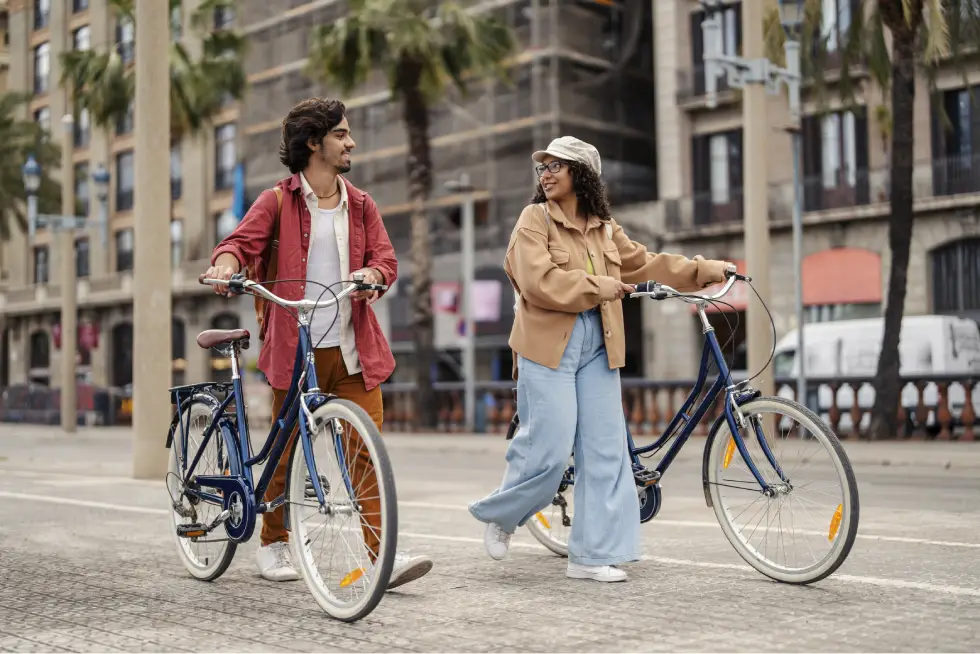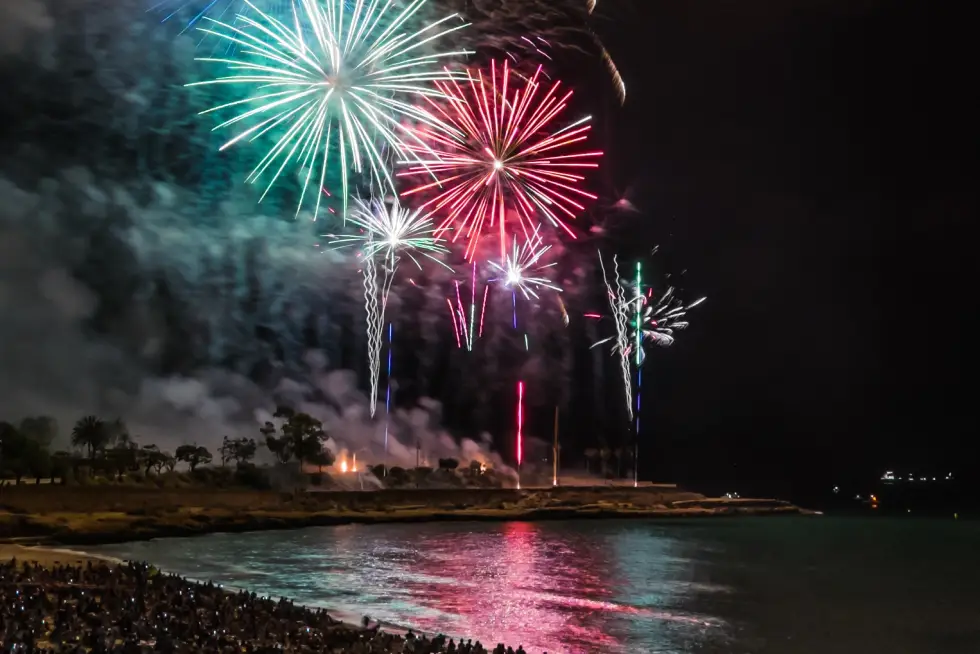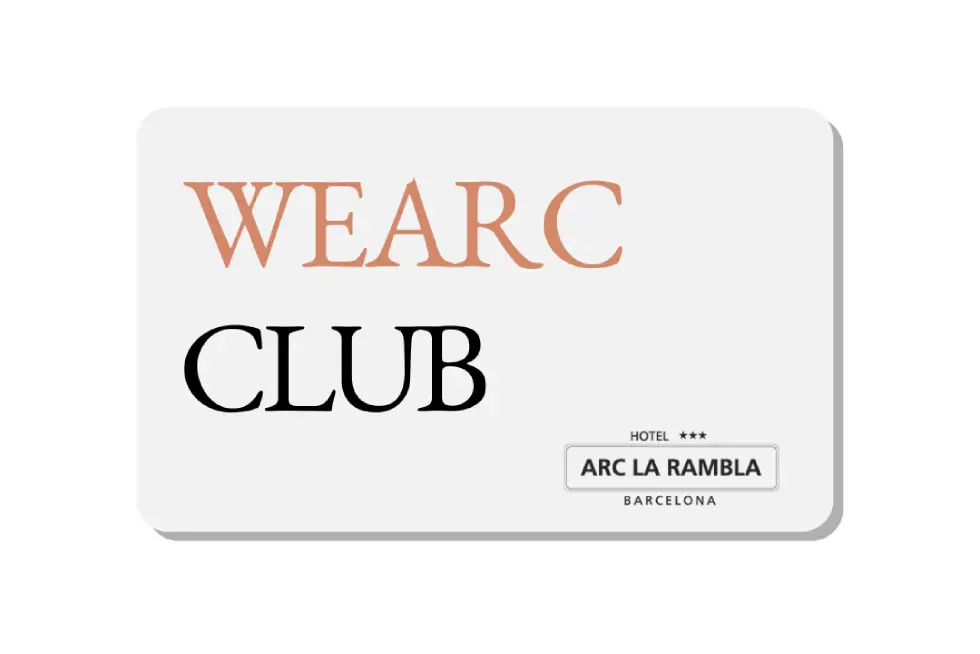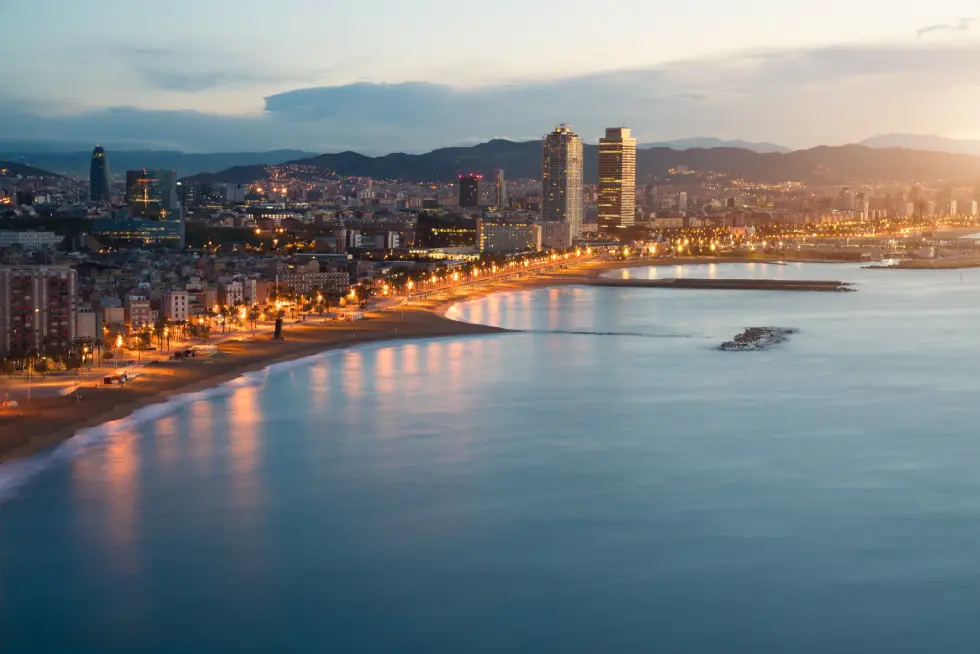Modernism is closely linked to the modern history of Barcelona. This artistic movement, which flourished at the end of the 19th century and the beginning of the 20th century, transformed the appearance of the city and left a lasting mark on its architecture.
Catalan Modernism: The artistic revolution of Barcelona
Modernism was a cultural and artistic current that emerged in Europe at the end of the 19th century, influenced by the advances of the second industrial revolution. This movement, known in different countries as art nouveau in France or Modern Style in England, found a unique and vibrant expression in Catalonia. Through Modernism, the aim was to modernize Catalan society, and its maximum expression occurred in architecture, transforming the urban landscape of Barcelona between 1885 and 1920.
Historical context of Modernism
During the second half of the 19th century, Barcelona experienced a series of significant urban and social changes. The demolition of the walls that surrounded the city allowed the expansion of its limits and the development of land outside the walls. In this context, the Eixample neighborhood was born, one of the most emblematic areas of the city. The celebration of the Universal Exposition of 1888 marked a turning point, showing the world the modernity and progress of Barcelona.
With these changes, a new industrial bourgeoisie emerged, wealthy and with a desire to express its status and modernity. Passeig de Gràcia, the main artery of Eixample, became the favorite place to build their residences. This bourgeoisie not only sought luxury, but also distinction, which led to an unprecedented architectural effervescence. Modernist houses became status symbols and a means to stand out in social circles. The most prominent architects of the time, such as Antoni Gaudí, Lluís Domènech i Montaner and Josep Puig i Cadafalch, found patrons in these clients who allowed them to develop their most audacious ideas.

Characteristics of architectural modernism
Catalan Modernism was a diverse and heterogeneous movement, in which each artist developed a unique style. However, they shared a number of common characteristics. Firstly, there was a clear rejection of the traditional architectural styles and industrialism of the first half of the 20th century. Modernist architects sought to create new forms and break with academicism.
Inspired by nature, organic shapes and vibrant colors, modernist buildings feature a profusion of decorative details and symbolism. Curved and asymmetrical lines, as well as the innovative use of materials such as iron, are combined with traditional artisanal techniques, such as ceramics, glass and wrought iron. Antoni Gaudí’s phrase, “originality consists of returning to the origin; therefore, original is what returns to the simplicity of the first solutions”, summarizes the essence of the movement: a search for authenticity and simplicity through creativity.
World Heritage
The legacy of Modernism in Barcelona is impressive, with more than 100 buildings that stand out for their uniqueness and beauty. Works such as the Palace of Catalan Music and the Hospital de Sant Pau, Domènech i Montaner, or the Palau Güell, Park Güell, and the Sagrada Familia by Antoni Gaudí, have been declared World Heritage Sites by UNESCO. These buildings not only represent the pinnacle of Catalan Modernism, but are also an integral part of the city’s identity.
Modernist curiosities: The Golden Square and the Apple of Discord
The Eixample, particularly the Golden Square, is the epicenter of modernist architecture. This area, bounded by some of the city’s main streets, includes numerous iconic buildings. In this setting is the famous ‘Manzana de la Discordia’, a stretch of Paseo de Gracia where there are three masterpieces: the Casa Amatller by Puig and Cadafalch, the Casa León Morera by Domènech and Montaner, and the Casa Batlló by Gaudí. This concentration of styles and architectural genius reflects the rivalry and diversity of Modernism.
Modernism was not only an architectural style, but a cultural expression that marked a time of change and innovation in Barcelona. Today, Catalan Modernism remains an essential part of Barcelona’s urban landscape.
If you want to learn more about Catalan Modernism, check at reception for the range of tours and circuits organized in the city to discover these wonderful buildings and appreciate the genius of the architects who shaped one of the most splendid periods in history. from the city.
—
Our clients are clear about it… and you? If you are looking for hotels in Barcelona with the best location, look no further and book your room at our hotel located in the heart of the city.
If you also want to know more plans to enjoy your stay in Barcelona, continue exploring our blog and stay informed.
You can also find out more about events and activities by following us on our social networks.


